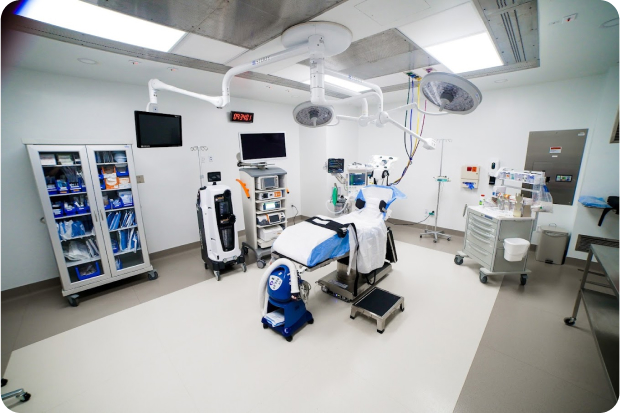 OUR LOCATIONSCall to book (212) 604-1300
OUR LOCATIONSCall to book (212) 604-1300
 OUR LOCATIONSCall to book (212) 604-1300
OUR LOCATIONSCall to book (212) 604-1300
Table of contents
Sacroiliac joints connect your spine to your hip bone. They connect the bottom of the spine, called the sacrum, to the outer part of the hip bone, called the ilium. You have two sacroiliac joints. One is found on each side of the sacrum. Sacroiliac joints help control your pelvis when you move. They help transfer forces from your lower body to your upper body. Each sacroiliac joint has several ligaments to help strengthen it.
Sacroiliac joint steroid injections are a minimally invasive treatment for lower back and pelvic pain caused by inflammation in the sacroiliac joint. This procedure delivers corticosteroids and a local anesthetic directly into the joint, reducing inflammation and providing pain relief. It’s often used as both a diagnostic and therapeutic tool, with most patients experiencing significant symptom improvement.

If you have pain in one or more of these areas you may have sacroiliac joint pain. Common tests such as x-rays or MRIs may not always show if a sacroiliac joint is causing pain. Your pain doctor can perform other tests to find out if you have sacroiliac joint pain.




In a sacroiliac joint injection, a local anesthetic and a corticosteroid are injected into one or both of your sacroiliac joints, or into the ligaments surrounding the joints. The local anesthetic, a numbing medicine, lessens your pain temporarily. The corticosteroid reduces inflammation that may be causing pain. The injection can be used for diagnosis and treatment. If the injection immediately lessens your pain and helps you move better, it tells the doctor that the sacroiliac joint is causing the pain.
An IV is inserted to administer intravenous medication(s) to help you relax. A local anesthetic may be used to numb your skin. The doctor will insert a thin needle directly into the sacroiliac joint. Fluoroscopy, a type of x-ray, may be used to ensure a safe and proper position for the needle. A dye may also be injected to help make sure the needle is at the correct spot. Once the doctor is sure the needle is correctly placed, the medicine will be injected.
Sacroiliac (SI) joint steroid injections are a minimally invasive procedure used to reduce pain and inflammation in the lower back and buttocks caused by SI joint dysfunction. The injection typically contains a corticosteroid and local anesthetic, which work together to alleviate discomfort and improve mobility. These injections are often used when conservative treatments, like physical therapy, fail to provide relief. The procedure is quick, typically taking 15-30 minutes, and may offer relief lasting from weeks to months, helping patients manage chronic pain and improve their quality of life.
You will be monitored for up to 30 minutes after the injection. Before you leave, you will be given discharge instructions. Keeping track of your pain helps the doctor know what the next steps will be. It may help to move in ways that hurt before the injection, to see if the pain is still there, but do not overdo it. You may feel immediate pain relief and numbness in your back for a brief period of time after the injection. This means the medication has reached the right spot. Your pain may return after this short pain-free period, or may even be a little worse for a day or two. This is normal. It may be caused by needle irritation or by the corticosteroid itself. Corticosteroids usually take two or three days to start working, but can take as long as a week. You can usually return to work the day after the injection, but always check with your doctor.


The amount and duration of pain relief varies from person to person and is dependent on many factors including underlying pathology and activity level. Some can have relief that lasts for years, while others have short-term relief. Usually a series of injections, often three, each spaced a week or two apart, are given. It is important to discuss with your physician your response to the sacroiliac joint injection in order to plan future treatment options.
New York Pain Care
20 Squadron Blvd, Suite 290
New City, NY 10956
(212) 242-8160






